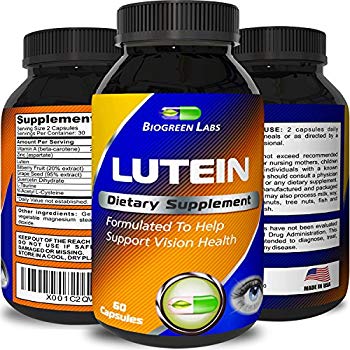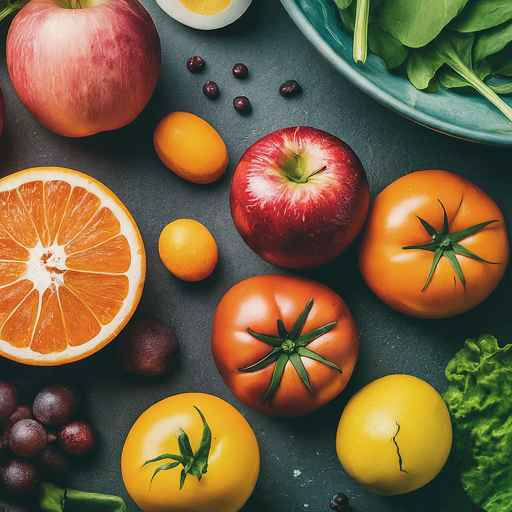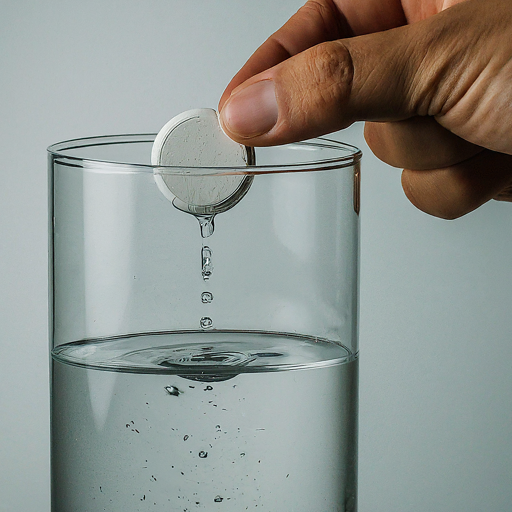Is lutein an essential nutrient?
Is lutein good for eye health?
Macular degeneration – the deterioration of the macula (a small yellowish central area of the retina – the membrane covering the back wall of the eyeball) – is the leading cause of blindness in persons over 60 years of age around the world.

Numerous epidemiological studies have linked age-related macular degeneration (AMD) with low intake of foods rich in lutein benefits, a yellow pigment that belongs to the xanthophyll class of the carotenoid family.
Physical Characteristics of Lutein foods
Lutein (C40 H56 O2) is:
a fat-soluble carotenoid alcohol, soluble in solvent such as alcohol, acetone, etc. It is insoluble in water.
yellow in color. It is called lutein – Latin for yellow or “lutea.” It was isolated from eggyolks in 1912 by Statter and Escher.
Lutein foods and zeaxanthin, its isomer Lycopene or Rhodopurpurin are the only carotenoids present in the eye’s macula (See figure below).
Physiological Functions of Lutein foods
Lutein foods (and its isomer – zeaxanthin) absorbs and filters blue light which is damaging to the retinal pigment epithelium (RPE). The Retinal Epithelium Pigment is the cell layer that nourishes the retinal cells. Since lutein foods and zeaxanthin accumulates in the spot between incoming light and the photoreceptor cells, they are perfectly positioned in attenuating blue light from reaching and destroying the underlying photoreceptor cells. Developmental Opthalmology 2005
It protects the retina by minimizing the damaging effects of oxygen to the tissues as a result of normal metabolism and light. Light damages the retina by generating highly reactive and unstable molecules that attack tissue and substances that contain lipid or fat.
Animal studies show that subjects given a diet rich in lutein developed less retinal degeneration. Long-term human studies show that people with light-colored irises are at a higher risk for AMD and are more likely to have a lower macular pigment density for lutein benefits and zeaxanthin.
Smoking increases the risk for AMD.
It helps prevent nyctalopia (night-blindness) or inability to see in low light.
Significant Food Sources of Lutein benefits
Kale – 1 cup chopped raw (67 g) contains: 21,954 micrograms (mcg) of lutein
Mustard Greens – 1 cup raw (56 g) contains: 5,544 micrograms
Radicchio – 1 cup (40 g) contains: 3,533 micrograms
Collard Greens – 1 cup chopped raw (36 g) contains: 3,216 micrograms
Green Peas – 100 grams contains: 2,477 micrograms lutein
Zucchini or any summer squash – 1 cup raw sliced (113 g) contains: 2.401 micrograms
Watercress – 1 cup raw (34 g) contains: 1,961 micrograms
Leeks -1 cup raw, green tops and white stem (89 g) contains: 1,691 micrograms
Corn ( 1 medrium, sweet yellow): 688 micrograms
Romaine Lettuce (1 large outer leaf -28 grams): 547 micrograms
Okra – 1 cup raw (100 g) contains: 516 micrograms
Asparagus – 1 large spear, 71/2 – 8″ or 28 grams contains: 142 micrograms
Egg yolk ( 1 large, 17 grams) contains: 186 micrograms























